Picture of the week
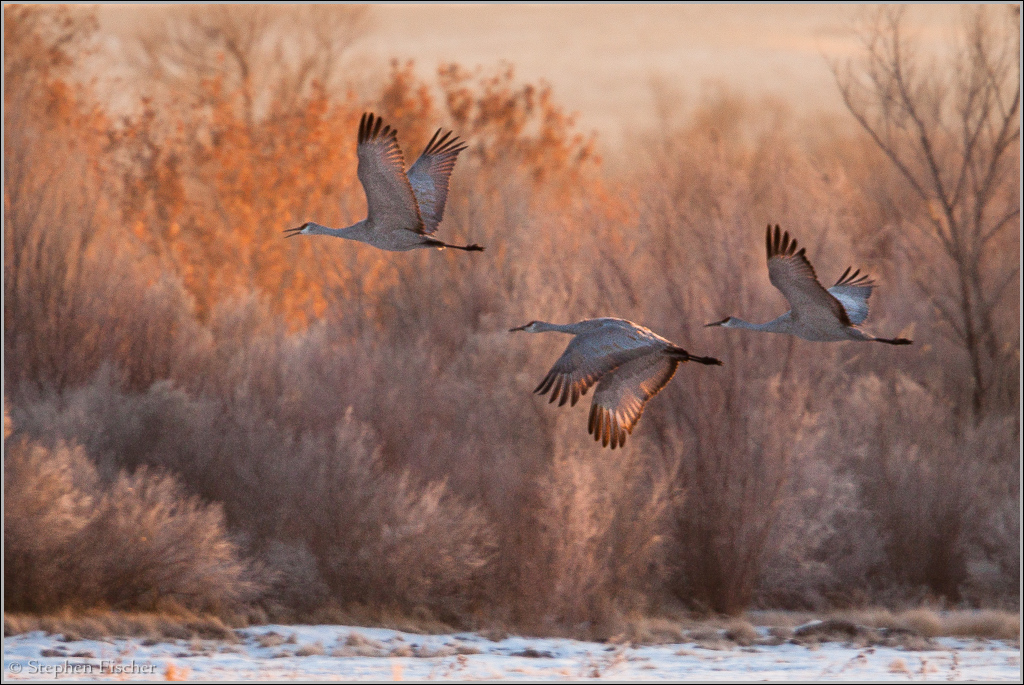
Winter cranes
A trio of sandhill cranes departing on a winter morning from the Bosque del Apache wildlife preserve. This is a capture from one of my previous trips to this bountiful birding preserve of New Mexico as documented in my travelogue here. The winter migratory bird season has started here in the central valley of California, and also including locations in other parts of the west including Bosque. But the weather so far has been more like summer, with temperatures continuing in the high 70's fahrenheit. Although the bird count reports here have been favorable; due to the continued drought conditions, birds like these cranes have been forced into tighter concentrations this year, as constricted to the fewer number of fields that have been flooded, or have crop remains that they can feed on. Hopefully the weather situation changes soon, as cranes rely on flooded fields as a form of protection during their evening roost.
Other waterfowl are in a similar predicament such as the ducks and geese that migrate to the central valley during the winter. Another concern is over the spread of avian cholera. Because all the birds are forced into a tighter area, there is concern that any disease including cholera will spread more easily, potentially having serious consequences to the rest of the bird population if it gets out of control. It is also spread more easily when the weather is dry and you don't have the rains to help wash the bacterial agents away. The Californai Department of Fish and Wildlife are closely monitoring for signs of this, with a quick response to any groups of bird deaths in the numerous birding preserves spread across the valley.
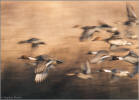 On
the lighter side, this weekend I gave a lecture on better bird photography
at the California
Swan festival held in Marysville. Myself plus one of my friends and
fellow photographers John Murray led a half-day field trip out to the
Colusa National Wildlife Refuge the next day with the participants from
this class. Given my focus and knowledge is on Canon, while John has a deep
understanding of Nikon (and Canon) equipment, we were able to better assist
the others with issues related to the use, configuration, and
troubleshooting of their camera gear regardless of brand. It was a fun
experience and a pleasure to share our knowledge and help with an
enthusiastic group of photographers also
interested in this endeavor. Where else can you combine your interests
in photography with a better connection to the environment and the life of
birds, while trying to apply your creative side to produce more artistic
images of these species? Getting better bird photographs can be
extremely challenging from the standpoint of your techinque, composition,
the demands on the equipment, and a deeper understanding of the birds
themselves. The photo to the left was captured at only a shutter speed of
1/80 of a second with a 400mm lens in order to create more abstract image that helps to
exaggerate the motion of the birds in flight (while also breaking a few of
the more general rules).
On
the lighter side, this weekend I gave a lecture on better bird photography
at the California
Swan festival held in Marysville. Myself plus one of my friends and
fellow photographers John Murray led a half-day field trip out to the
Colusa National Wildlife Refuge the next day with the participants from
this class. Given my focus and knowledge is on Canon, while John has a deep
understanding of Nikon (and Canon) equipment, we were able to better assist
the others with issues related to the use, configuration, and
troubleshooting of their camera gear regardless of brand. It was a fun
experience and a pleasure to share our knowledge and help with an
enthusiastic group of photographers also
interested in this endeavor. Where else can you combine your interests
in photography with a better connection to the environment and the life of
birds, while trying to apply your creative side to produce more artistic
images of these species? Getting better bird photographs can be
extremely challenging from the standpoint of your techinque, composition,
the demands on the equipment, and a deeper understanding of the birds
themselves. The photo to the left was captured at only a shutter speed of
1/80 of a second with a 400mm lens in order to create more abstract image that helps to
exaggerate the motion of the birds in flight (while also breaking a few of
the more general rules).
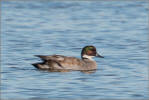 For
those interested in bird photography in the central valley, it should also
be noted that while visiting the Colusa NWR last week on 11/1, I spotted the
infamous falcated duck. After being on a hiatus for the last year, it
is back. However I did not spot it this week on my latest visit on
11/9 during the field trip, but given the number of birds there, it is not
surprising. In my sighting last week (as shown here to the right) it is
noticed that the plumage is not yet that colorful. The bird was also
keeping quite a distance from the viewing platform. The shot to the right
was taken with the Canon EF 500mm f/4 IS L lens plus the use of a 1.4x
teleconverter on a cropped sensor Canon 70D body, and then the resultant
image was significantly cropped. According to the Colusa refuge manager, by
December (assuming it will still be around) it's feathers should be getting
more vivid, putting on a better show for the public, and potentially getting
closer as it gets more comfortable with the presence of people on the
viewing platform.
For
those interested in bird photography in the central valley, it should also
be noted that while visiting the Colusa NWR last week on 11/1, I spotted the
infamous falcated duck. After being on a hiatus for the last year, it
is back. However I did not spot it this week on my latest visit on
11/9 during the field trip, but given the number of birds there, it is not
surprising. In my sighting last week (as shown here to the right) it is
noticed that the plumage is not yet that colorful. The bird was also
keeping quite a distance from the viewing platform. The shot to the right
was taken with the Canon EF 500mm f/4 IS L lens plus the use of a 1.4x
teleconverter on a cropped sensor Canon 70D body, and then the resultant
image was significantly cropped. According to the Colusa refuge manager, by
December (assuming it will still be around) it's feathers should be getting
more vivid, putting on a better show for the public, and potentially getting
closer as it gets more comfortable with the presence of people on the
viewing platform.
All content and images are property of Stephen Fischer Photography, copyright 2014. Last updated: 11/09/2014 ()
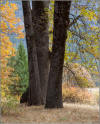 Nov
2, 2014
Nov
2, 2014 Oct
26, 2014
Oct
26, 2014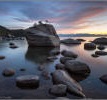 Oct
12, 2014
Oct
12, 2014 Oct
5, 2014
Oct
5, 2014 Sept
7, 2014
Sept
7, 2014 Aug 17, 2014
Aug 17, 2014 Aug
10, 2014
Aug
10, 2014 Aug
3, 2014
Aug
3, 2014 July
20, 2014
July
20, 2014 July13,
2014
July13,
2014 June
29, 2014
June
29, 2014